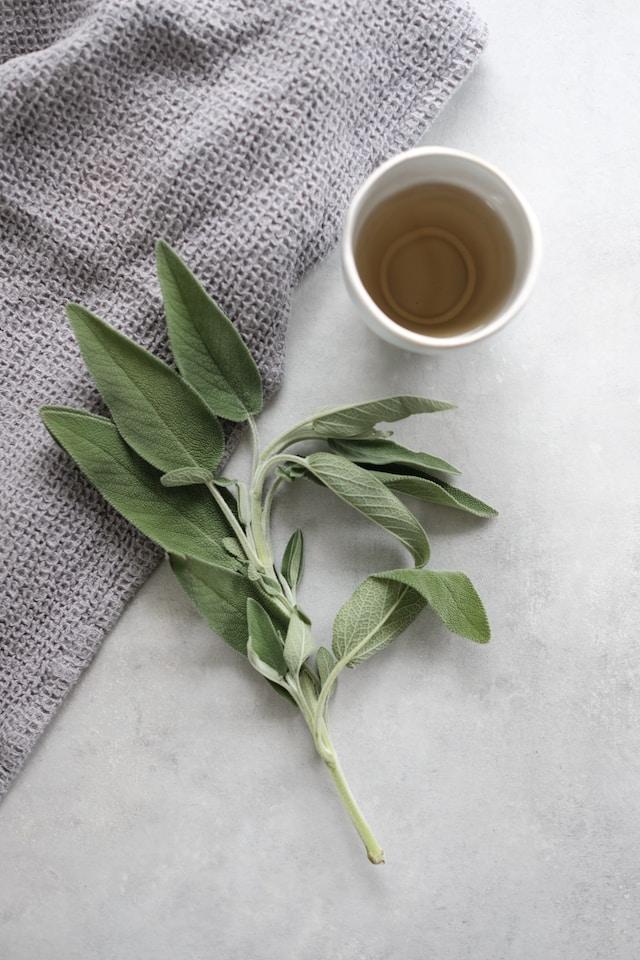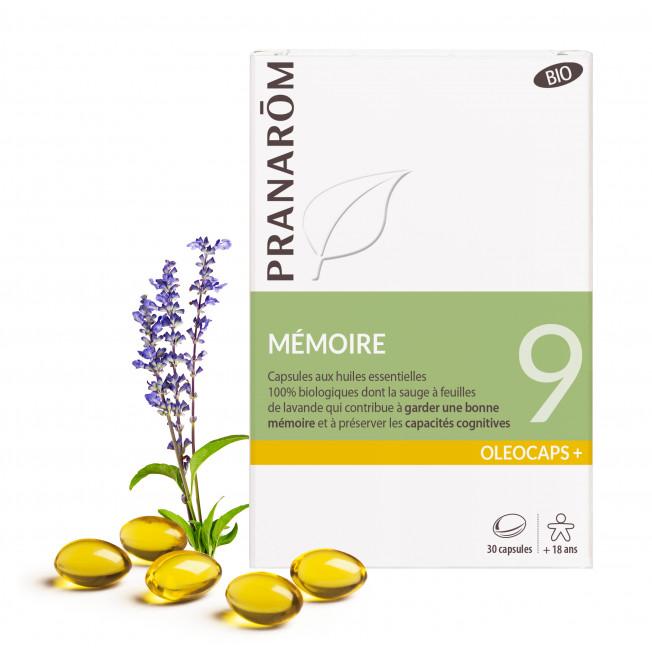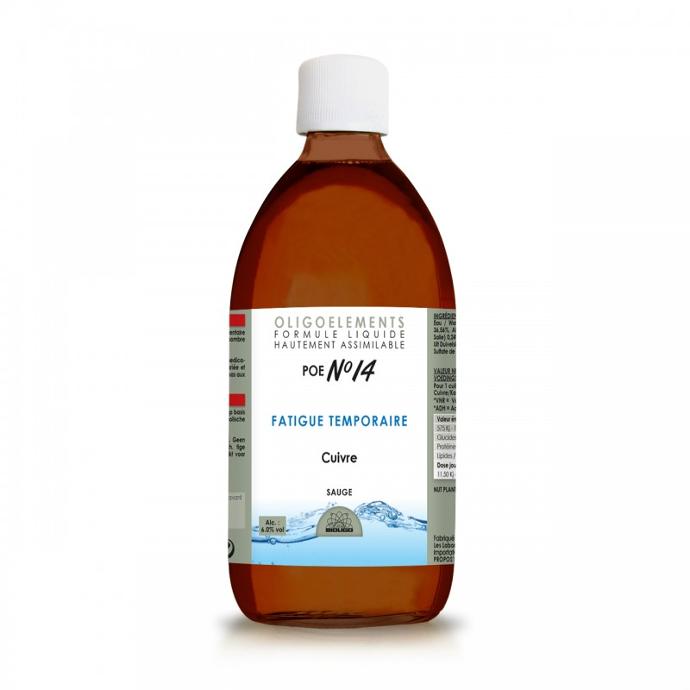It's the holiday season. For many families, it's a time of reunion, a time of peace, shared moments and gift exchanges. Most French people take advantage of this time to go on vacation, even if it's not always a restful one. It's also a time for joyous feasting, which, if we're not careful, can become painful when the belly doesn't keep up.
One simple way to avoid this pitfall is to have a good supply of sage at home(1). This Mediterranean plant is a small shrub with a woody, brown, fibrous root(1). There are many varieties, but your herbalist will probably recommend sage officinale or salvia officinalis, the dried or powdered leaves of which are consumed(1,2). Like most medicinal plants, sage is rich in a variety of active ingredients, and is useful for a range of ailments(1,2,3).
Sage: an after-dinner herbal tea for maximum digestive comfort
Sage for difficult digestion
First and foremost, it is indicated for difficult digestion(1,2). It is an antispasmodic and choleretic, which means it helps your liver to secrete bile(1).
It helps combat flatulence, bloating and abdominal pain. It relieves colitis, i.e. inflammation of the colon and diarrhea(1,2,3).
To help your intestine survive a heavy meal, you can make yourself a sage tea.
How to make sage tea to soothe your stomach?
Use one tablespoon of dried leaves per cup of boiling water. Leave to infuse for 10 minutes to allow the plant's active ingredients to permeate the water(1).
Rosmarinic acid in particular, very present in sage, acts against inflammation and glycation(4).
This phenomenon is linked to cell aging(5). It's natural, but can be accelerated to a greater or lesser extent depending on your lifestyle.
If taking an herbal tea isn't practical for you, you can also opt for capsules, available from your herbalist(1).
The other option is to consume dried leaf powder. You can take a level teaspoon of powder in a glass of water, which is also very effective(1).

Sage and digestive comfort: can an essential oil be used?
If you wish to use it as an essential oil, prefer to use it on the skin or via a diffuser(5). Sage essential oil, like most essential oils, should be diluted in a vegetable oil before use on the skin.
You can add one or two drops of sage essential oil to a medium spoonful of olive oil. This mixture can be used to massage the stomach, for example, or the solar plexus, as required. You can also proceed by olfaction, i.e. breathing deeply over your bottle of essential oil(6).
Remember, however, that essential oils are still less environmentally friendly than herbal teas: it takes a colossal quantity of plants to make an essential oil.
In addition, herbal tea and capsules should be effective enough to obviate the need for an essential oil. Finally, some cosmetics contain a little sage essential oil(7). This is because la sauge can help care for the scalp and regulate perspiration(7).
Sauge : une plante pour l’hiver
Sage also contains ursolic acid, a natural hydrocarbon terpene(1,8). This substance gives sage anti-inflammatory and bactericidal properties(1,8,9). Together with rosmarinic acid, they soothe inflammation of the mouth and pharynx, also known as stomatitis(1,2).
Sage, an aid against viruses and bacteria
Sage also helps fight viruses, bacteria and yeast in the digestive system(3).
Sage officinale acts as a regulator
For some people, it can even ease the pain of arthritis or respiratory ailments(1,2,3). This is also why sage gargles are sometimes recommended to soothe coughs and sore throats(3).
Sage, an antioxidant
La safety is also highly antioxidant. These properties come from the flavonoids, phenols or tannins and terpenes it contains(8,9). These substances neutralize free radicals and reduce their damage to the body. As a result, sage provides at least some protection against cardiovascular and neurodegenerative diseases(8,9).
Sage, a toning plant
Finally, it's a toning plant. It restores a little strength to your nervous system, which is sometimes welcome in December and January(3)!
Sage and women
- La sauge has an emmenagogue effect: it regulates the menstrual cycle.
- In particular, it harmonizes estrogen levels.
- It is useful in case of painful periods or irregular.
- Sage can also relieve hot flashes during menopause, as well as night sweats and mood swings.
- It is also anti-galactogenic: it slows down lactation and is therefore not recommended for breast-feeding women.
- Similarly, its action on hormones means that it should not be given to pregnant women or people suffering from hormone-dependent cancer.
Now you know almost everything about the benefits of sage! Armed with your sage and your gifts, you're ready for a memorable Christmas. a healthy winter !
Sources
- Michel Pierre, Les plantes du bien-être, éditions du Chêne, 2014
- https://www.secretsdemiel.com/bienfaits-actifs/sauge/
- https://www.doctissimo.fr/html/sante/phytotherapie/plante-medicinale/sauge.htm
- https://www.medecine-anti-age.com/glycation-des-proteines
- https://www.myrtea-formations.com/index.php?mod=aromatheque&rubrique=HE&act=fiche&ind=78
- https://pranarom.fr/blogs/conseils-experts/je-me-mets-a-l-olfaction-en-10-etapes
- https://www.passeportsante.net/fr/Nutrition/EncyclopedieAliments/Fiche.aspx?doc=sauge_nu
- https://www.dieti-natura.com/plantes-actifs/sauge.html
- https://www.pandatea.fr/blogs/plantes/sauge-bienfaits-sante





